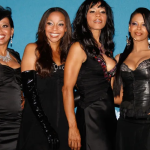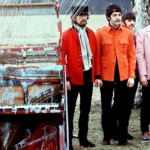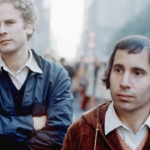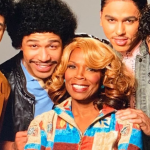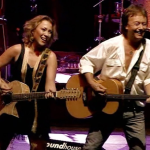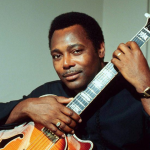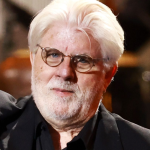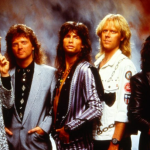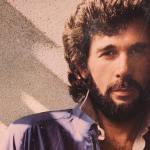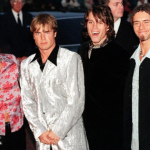“Dance On” – The Shadows

Released in 1962, “Dance On” by The Shadows is an instrumental hit that showcases the band’s signature style of clean, melodic guitar work paired with tight rhythms. Known for their role in pioneering the rock instrumental genre, The Shadows were a hugely influential group during the early 1960s, especially in the UK. “Dance On” reached No. 1 on the UK Singles Chart, marking another success for the band following earlier hits like “Apache” and “F.B.I.”
Musically, “Dance On” epitomizes The Shadows’ ability to craft catchy, upbeat instrumental pieces that blend rock and roll with pop sensibilities. The song is driven by Hank Marvin’s unmistakable lead guitar, whose crisp, twangy tone gives the track its distinctive sound. The melody is simple yet memorable, and Marvin’s precise, expressive playing is perfectly complemented by the rhythmic backing of Bruce Welch on rhythm guitar, Brian Bennett on drums, and Brian “Licorice” Locking on bass. The Shadows’ characteristic use of reverb and echo adds a spacious, atmospheric quality to the track, creating a sense of depth that makes the song feel larger than life.
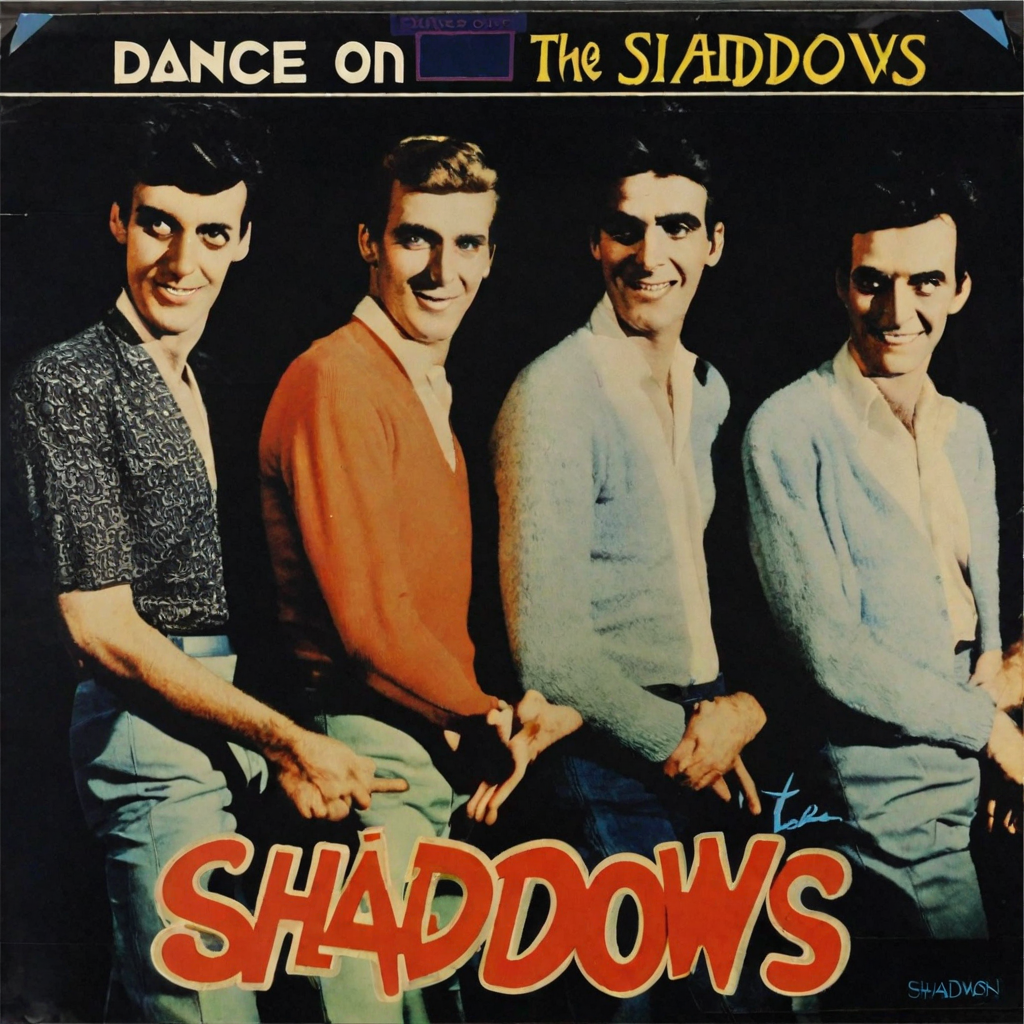
The structure of “Dance On” is straightforward, but its appeal lies in its infectious energy and the clarity of its arrangement. The song opens with a catchy guitar riff that sets the tone for the rest of the track. The melody is bright and playful, evoking a sense of fun and movement that makes it easy to imagine dancing along. The Shadows’ ability to create a strong groove without the need for vocals is a testament to their musicianship and the precision of their ensemble playing. The rhythm section provides a steady, driving beat that propels the song forward, while Marvin’s lead guitar dances over the top with effortless grace.
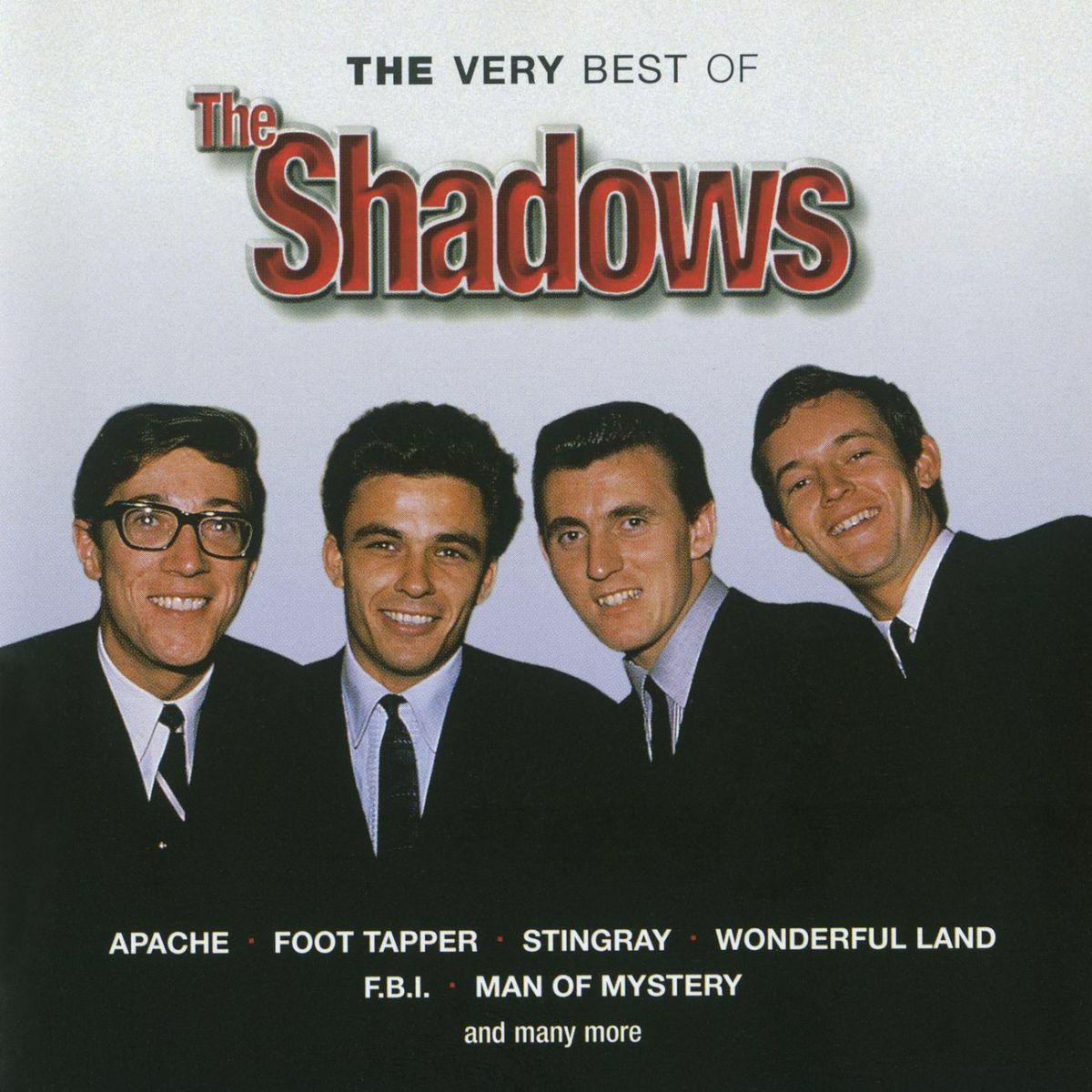
One of the defining features of “Dance On” is its accessibility. Unlike some instrumental music, which can be more complex or experimental, The Shadows focused on crafting tunes that were immediately enjoyable and easy to listen to. The song’s catchy melody and lively rhythm make it appealing to a wide audience, from casual listeners to more serious music fans. This accessibility was a key part of The Shadows’ success, as they were able to cross over into the mainstream and appeal to both pop and rock audiences.
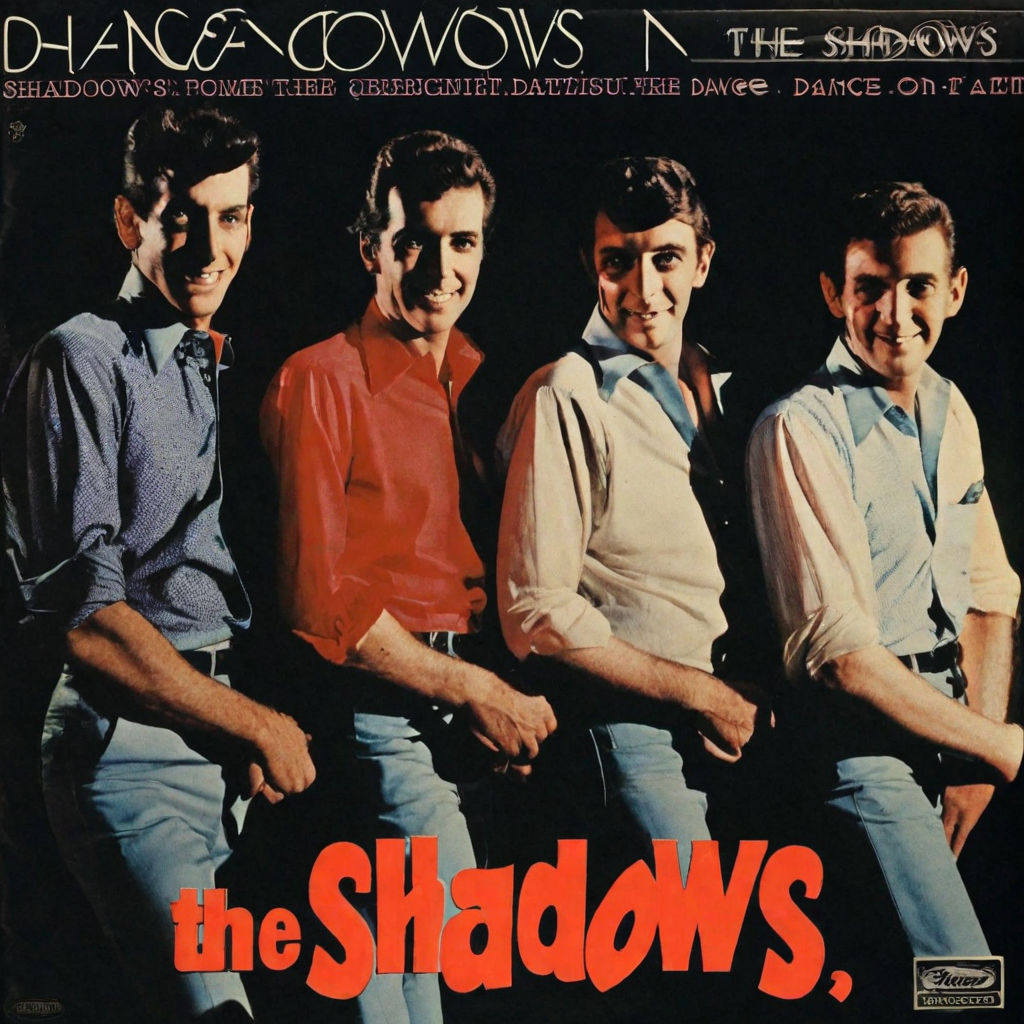
While “Dance On” is primarily remembered as an instrumental hit, it also reflects the broader musical trends of the early 1960s. The song’s upbeat, danceable style is very much in line with the optimism and youthful energy of the era, when rock and roll was still in its early stages of development. The Shadows, alongside artists like Cliff Richard, played a crucial role in shaping the sound of British pop and rock music during this period, paving the way for the British Invasion that would follow later in the decade.
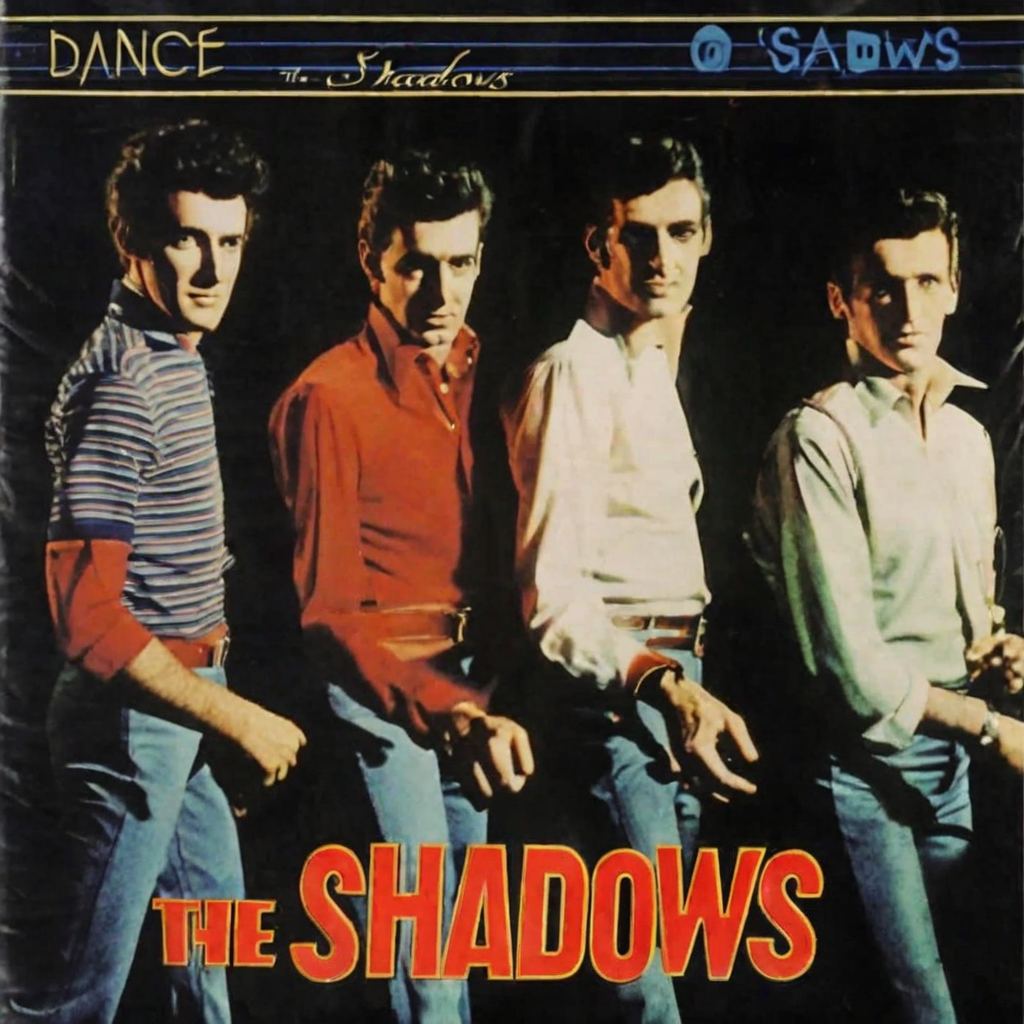
The Shadows’ influence on subsequent generations of musicians cannot be overstated. Hank Marvin’s guitar playing, in particular, has been cited as a major influence by countless guitarists, including legends like George Harrison, Mark Knopfler, and Eric Clapton. “Dance On” is a prime example of the style and sound that made Marvin such an influential figure. His use of the tremolo arm, clean picking technique, and careful control of tone helped define the sound of instrumental rock and inspired many future guitarists to follow in his footsteps.

In conclusion, “Dance On” by The Shadows is a lively and engaging instrumental track that showcases the band’s impeccable musicianship and their ability to craft memorable, melodic music without the need for lyrics. Its success on the charts and its lasting influence on rock and pop music underscore The Shadows’ importance in the history of British music. The song remains a classic of the instrumental rock genre, and its catchy, upbeat energy continues to resonate with listeners today.
